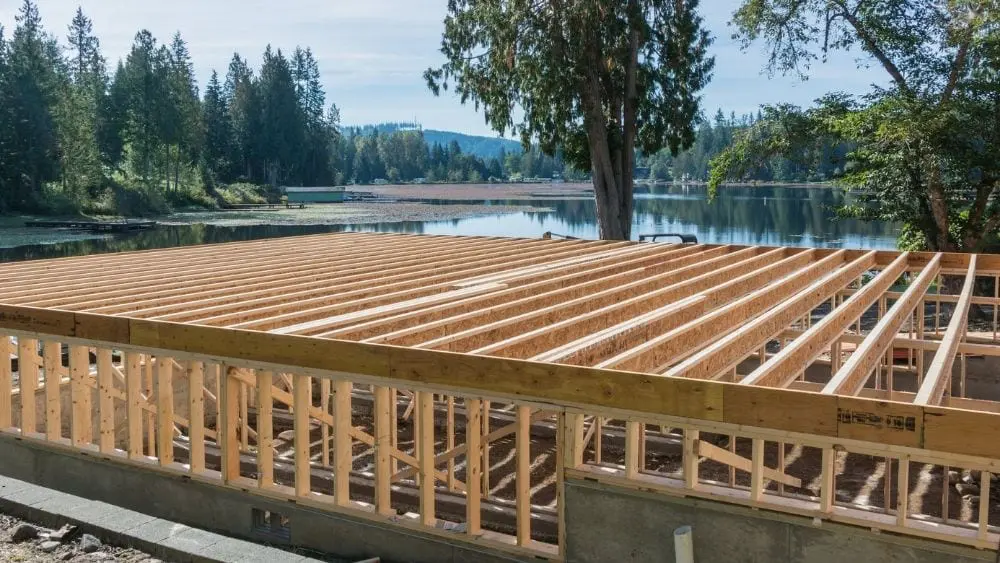
When choosing your new home’s foundation, cost is a major player in the decision-making process. From blueprint drawings to architectural design, each part of the homebuilding journey has its own budget – and they all add up. Of course, it’s an investment, but it doesn’t have to be an outrageously expensive one! You can save money on that investment by doing your research and determining your priorities before breaking ground – starting with the literal ground.
If you have an idea of what you need and want from your foundation, then you have a baseline to begin estimating the overall cost of your project. Working with your design and build team to establish your budget early will be key to successful and on-time completion. It helps to come to the conversation with a bit of insight into the factors that influence the overall cost of your foundation.
We’ve Your builder and construction manager are valuable resources to consult when you’re ready to start the process, but in the meantime, we’ve compiled a brief list of the top 10 cost-determining factors of foundations:
1. Square Footage
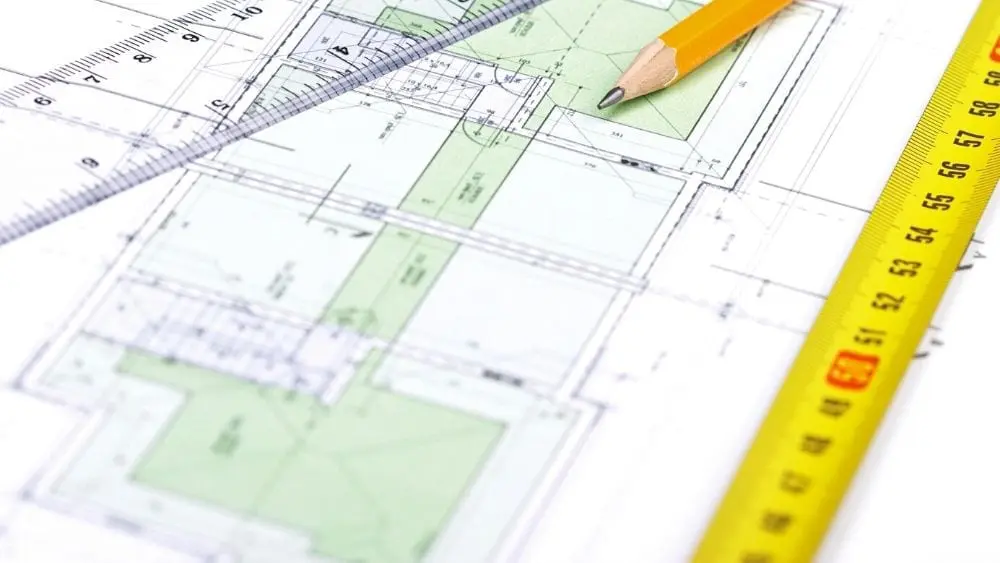
This may seem obvious, but the greater your square footage, the larger your foundation expense may be. If you’re planning for a sprawling, one-story ranch house layout that stretches horizontally, you’ll pay more per square foot of your home in foundation materials and labor. It may better serve your budget to consider a two-story home that provides just as much square footage, but at a lower expense since the upper floors do not require a slab foundation like the ground floor.
2. Type
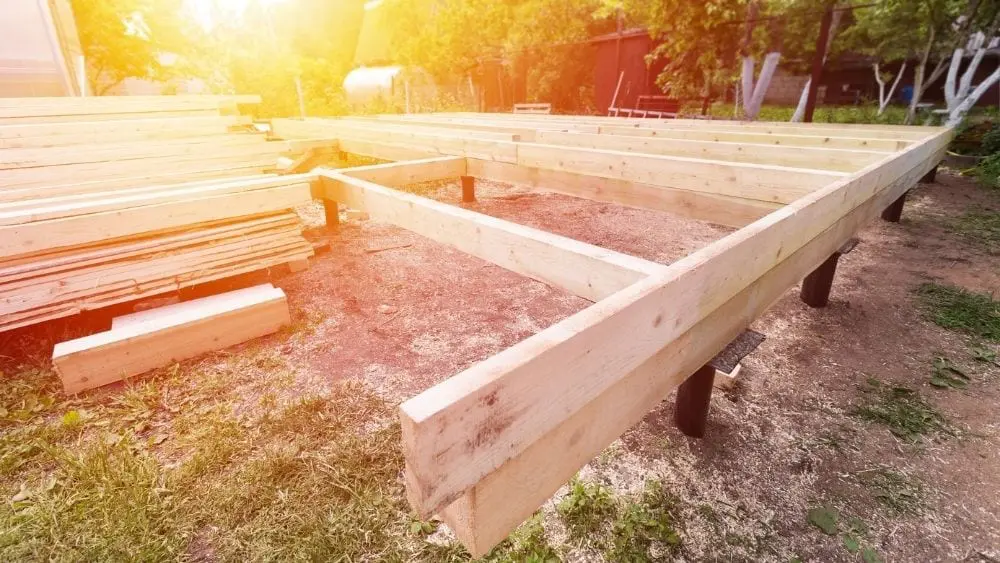
Choosing your foundation depends on many factors, such as location, climate, and even soil type. Often, there is a specific type of foundation that suits your lot better than the others. Since foundation types range in materials and construction methods needed, as well as skilled labor, you can guess that the price tag ranges widely by type.
Basements (particularly finished basements), tend to be the most expensive to build, due the excavation costs and added square footage. Pier and beam foundations also run on the high-end price range, while poured monolithic concrete slabs are usually the least costly. Crawlspaces may be considered mid-range, but could easily increase in price when you add extra insulation and moisture control defenses.
3. Depth
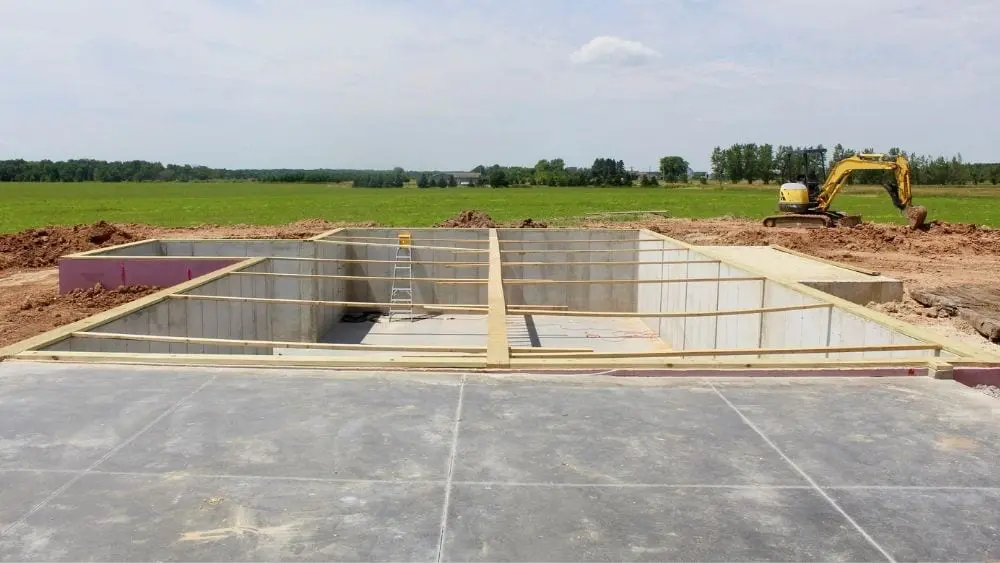
No matter which foundation type you choose, there will be some digging involved. Generally speaking, the deeper the hole, the higher the cost. Your location and climate will determine how far down you are required to dig to build below the frost line. The frost line, or maximum depth of frozen ground during the wintertime, varies by region. It is required by U.S. building codes to build below the frost line to prevent damage to plumbing systems.
In areas with shallow frost lines, slab foundations or crawlspaces may just do the trick and require a little excavation or leveling. In colder regions with extensive frost lines, builders typically have to dig at least 2 feet or more to reach the frost line. At that point, it may become more practical to pay for the additional excavation to dig a bit deeper and increase the square footage of your home. However, this will require additional time and labor costs.
If you choose to dig deeper, consider having a soil engineer test your lot to determine your soil composition and check for high water tables or bedrock. High water tables will make your digging nearly impossible, while bedrock can prove to be a major expense to excavate.
4. Desired Features
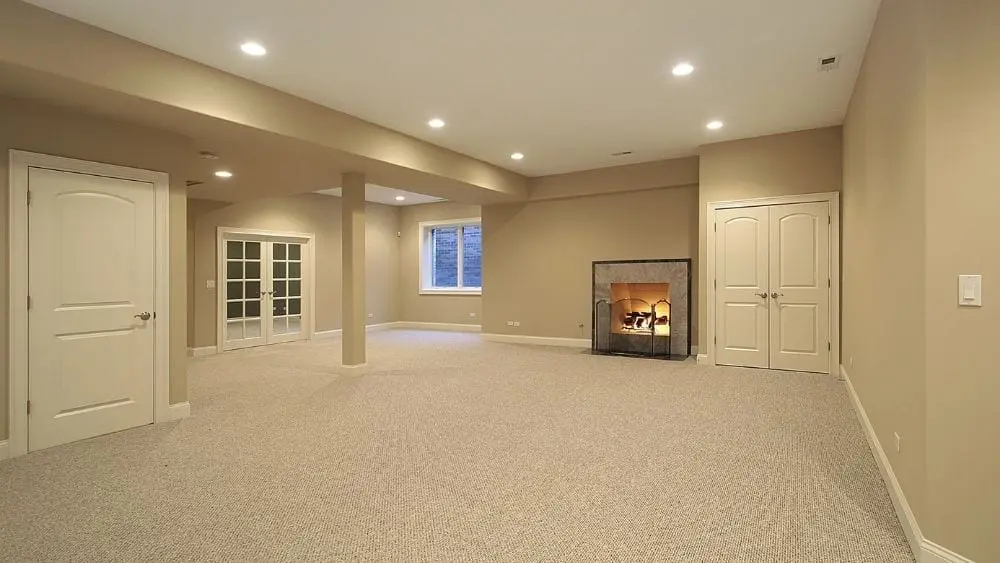
Is there a particular purpose or luxury that you desire from your foundation? Perhaps you are looking for additional storage space or ease of access to your plumbing or HVAC system for maintenance. If you don’t want the extravagant expense of a full and finished basement, you might think about a crawlspace instead to fulfill your needs.
Or perhaps you want to convert your finished basement into an in-law suite or a private living space for older children. If so, consider the additional expense of temperature controls, plumbing, and insulation for the area. Any added features such as a fireplace, washer/dryer hookups, or bathroom installation will be supplementary expense. A daylight or walkout basement is also a unique feature that would allow natural light into your space. Installation of windows and a door to your backyard takes a special expertise that comes with a price tag as well.
These features will often require a skilled contractor with experience and time to carefully construct each element with maximum safety requirements. Planning and preparing for the features that you want in a foundation will help you to focus your project and keep your goals and budget in mind.
5. Material and Transport Costs
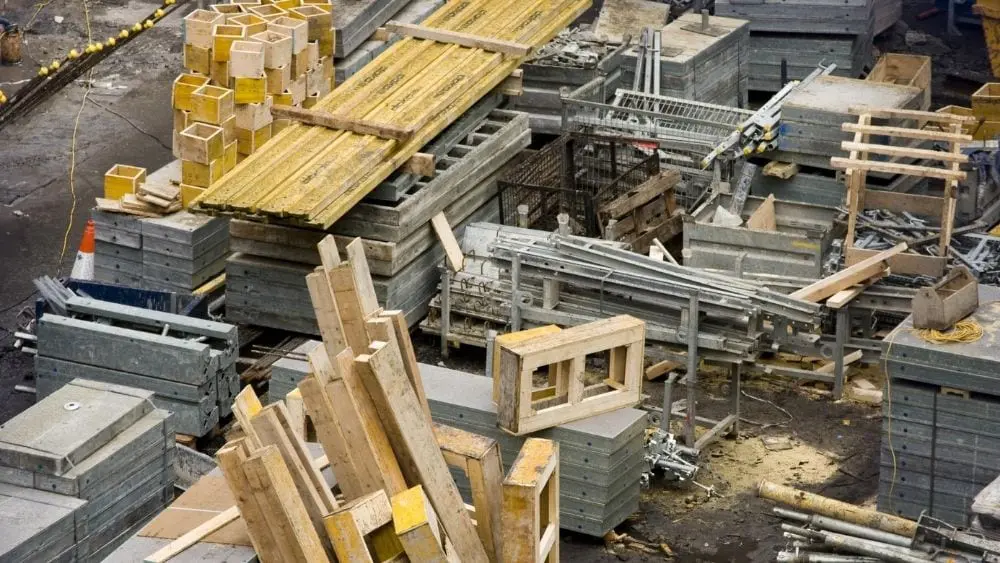
Next, consider the market for materials when you are designing your home. Concrete, wood, stone, and brick are common materials for building your home’s foundation. Some slabs also contain steel rebar and other reinforcing materials. The market for these items may fluctuate depending on supply and demand. You may not find the materials that you need locally and will need to factor the cost to order and transport them to your site. Your builder should be familiar with current market trends and be able to advise you on supply costs.
6. Soil Type

As with every aspect of your foundation building process, your soil composition is a significant factor. If your soil is not suited for your foundation of choice, you will spend a large chunk of change trying to modify your lot to fit your plans. This will be expensive and may not be sustainable in the long run. Be sure to have a soil engineer test your lot for adequate soil standards before making building plans to ensure that moisture levels are balanced and your soil is well-suited for your project. If you have loose or wet soil that is prone to movement, you may need a more robust foundation to sustain the weight of your home.
7. Lot Grade
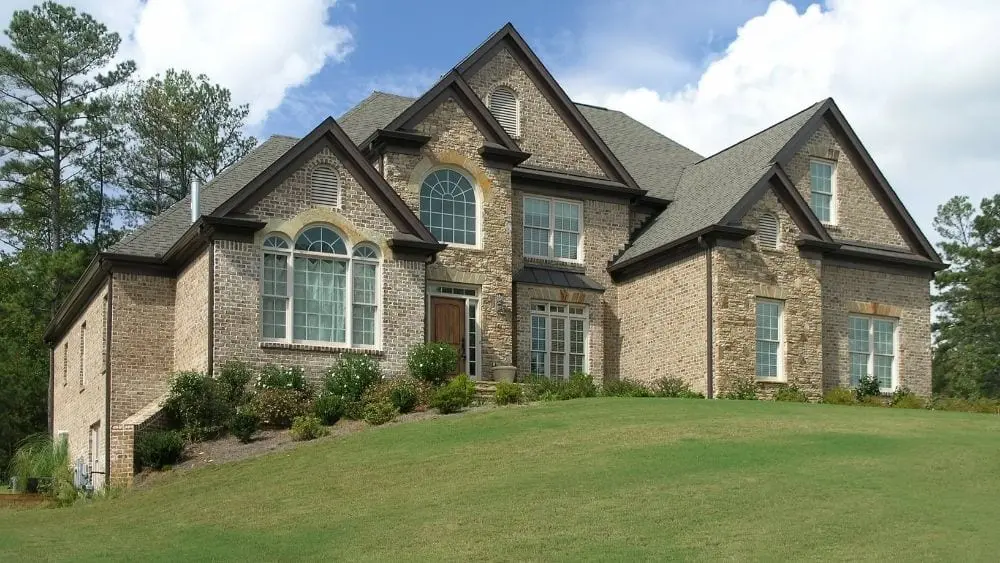
If you have a lot that includes a steep grade, you might need to level the land before building the foundation. This isn’t entirely necessary if you choose to install a crawlspace foundation with differently-sized concrete pillars or install a pier foundation. Depending on how much leveling would be required, it may be more cost-efficient to utilize a crawlspace rather than pay for excavation.
If you have a very steep slope, you might consider installing a daylight or walkout basement. Be sure to consult a skilled contractor to discuss your options and determine what is feasible for your lot.
8. Labor and Timeline
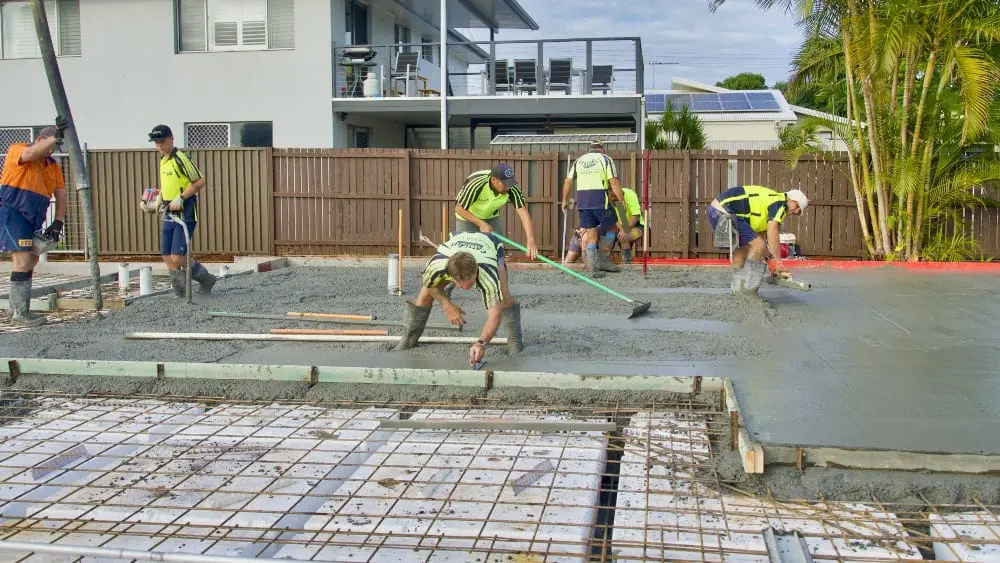
Labor costs can vary based on area and project skill/expertise required. If you choose extra add-ons and features, the timeline for your project will continue to grow – and your labor bill will increase.
You can keep a clear picture of your goals, timeline, and budget by setting expectations early in the process, sticking with your initial plans, and making only minor changes as necessary during the construction phase. The more adjustments made along the way means more potential delays to move-in day, which may mean paying more in rent elsewhere until your project is complete.
9. Climate

Every climate has its own needs. If you live in an area with particularly wet soil, you may need to budget for additional waterproofing. In areas prone to heavy rainfall, you might consider installing a sump pump to drain excessive moisture and prevent flooding. Colder climates may benefit from the installation of radiant heat in the flooring.
Of course, no matter where you live, critters may be rampant. Consider which pests may be prevalent in your area and protect your foundation with targeted pest control. All of these features can add on to your foundation’s cost, but may be worthwhile in the long run for preservation of your home’s structural integrity and prevention of hefty repair or replacement costs.
10. Ongoing Maintenance
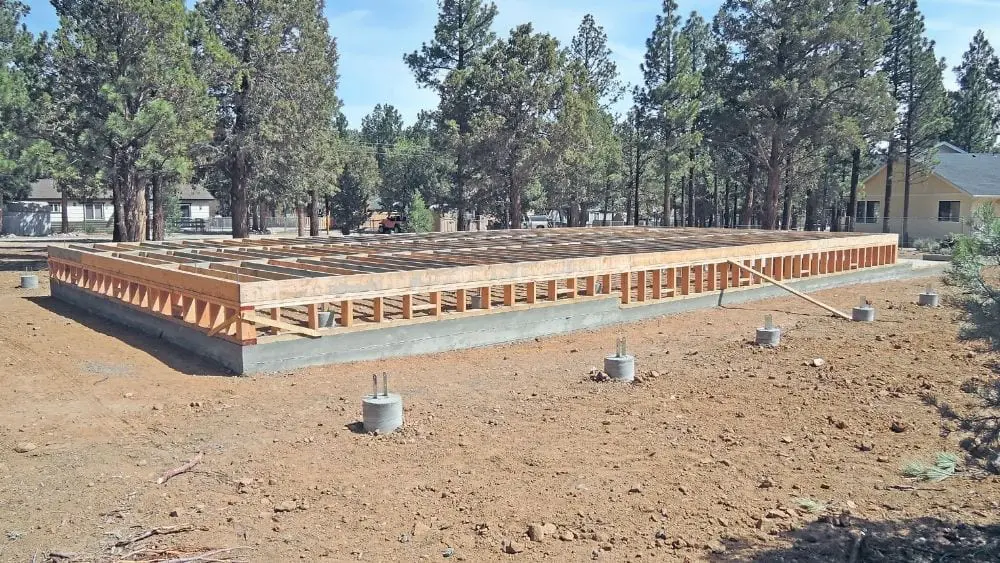
Every foundation type requires some form of regular upkeep. For wood foundations, homebuyers will be required to retreat the wood with chemicals and pesticides from time to time to maintain their integrity. Crawlspaces should be checked routinely for termites and other critters, and protected against moisture damage. Basements are often the most expensive for repairs and maintenance, and as such require careful attention to prevent issues before they arise.
Calculating Your Return
While all of these factors can determine the cost of your foundation, often by adding to the initial expense, you should also consider the potential for greater return on your investment. Many homeowners are able to turn their basement into a rentable living space and recoup some or all of the costs of installation. A strong and sturdy foundation will maintain or increase the value of your home and protect your greatest investment over time.
Living your best life in your dream home starts with your foundation. If your vision includes the ability to walk out of your basement and into your backyard to enjoy your morning tea on the patio, then the added feature may be a worthwhile expense. By planning for your foundation costs upfront, you can make a wise investment that you will enjoy for many years to come.

Melanie Theriault is a writer, counselor, and lifelong learner. She holds a B.A. in Sociology from Southwestern University, where she discovered her passion for fostering human connection through storytelling.
 Mansard Roofs Offer a Touch of French Elegance
Mansard Roofs Offer a Touch of French Elegance